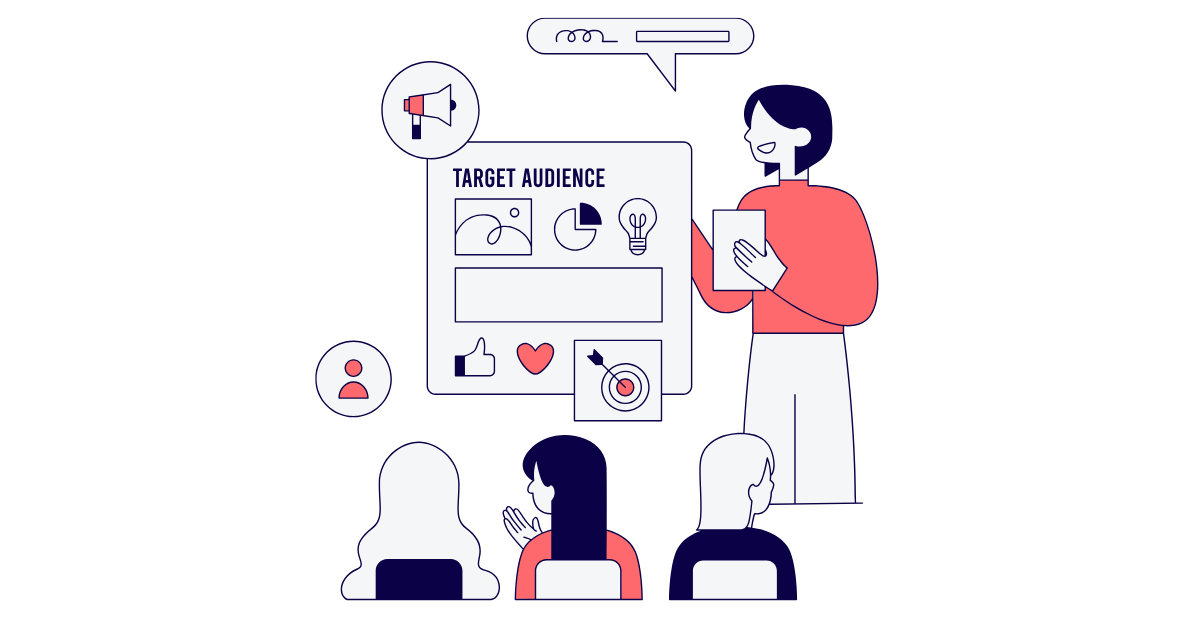Strategy
Broad vs Lookalike Audiences: Targeting Tips for SMBs

In the world of digital advertising, small and medium-sized businesses (SMBs) face a critical question: Should you cast a wide net with Broad Audiences or zero in with Lookalike Audiences? With Meta and Google leaning into automation and signal-based optimization, the answer isn’t as simple as it used to be.
This is an effort to break down the pros, cons, and strategic use cases of both audience types—helping SMBs make smarter decisions in a performance-driven landscape.
This is an effort to break down the pros, cons, and strategic use cases of both audience types—helping SMBs make smarter decisions in a performance-driven landscape.
What Are Broad Audiences?
Broad Audiences rely on platform algorithms to find the right users without predefined targeting filters. You simply set a location (e.g., U.S.), age range, and let Meta or Google optimize based on conversion signals.
Pros:
- Lower CPMs: Broad targeting often yields cheaper impressions.
- Scalability: Ideal for reaching large volumes quickly.
- Signal-Based Optimization: Platforms use real-time behavior to find converters.
Cons:
- Lower Intent: Users may not resemble your ideal customer.
- Risk of Wasted Spend: Especially for SMBs with limited budgets.
- Weak Retention: Broad-acquired users often show lower repeat purchase rates.
What Are Lookalike Audiences?
Lookalike Audiences are built from a fed list—your best customers, leads, or website visitors. The platform finds users with similar behaviors and traits.
Pros:
- Higher Intent: Users resemble your existing customers.
- Better Retention: More likely to convert again.
- Efficient Spend: Especially useful for SMBs with strong first-party data.
Cons:
- Higher CPMs: Often 45% more expensive than Broad.
- Requires Quality Feed Data: Poor source lists lead to poor performance.
- Limited Reach: Especially for niche or early-stage SMBs.
Performance Comparison for SMB’s
%201.svg)
Strategic Use Cases for SMBs
1. Early-Stage SMBs
- Use Broad Audiences to test creative and messaging.
- Build seed lists for future Lookalike campaigns.
2. Growth-Stage SMBs
- Layer Lookalikes on top of Broad campaigns.
- Use segmentation to identify high-value customers.
3. Niche SMBs
- Start with Lookalikes to avoid wasted spend.
- Expand to Broad once conversion signals/audience sets are strong.
Why Not Both?
The most sustainable strategy for SMBs is parallel deployment:
- Broad Audiences for volume and algorithmic learning.
- Lookalike Audiences for efficiency and retention.
This dual approach balances acquisition cost with customer lifetime value—critical for SMBs aiming to scale profitably.
Final Takeaways for SMBs
- Broad targeting is no longer a gamble — it’s a strategic asset. With Meta’s algorithmic maturity, it’s now the default for scalable acquisition, especially when creative and funnel mechanics are dialed in.
- Lookalikes still shine but only when fed with high-quality, diverse data. They’re best used for retention, upsell, or precision plays when your CRM and segmentation are strong.
- For SMBs with lean teams and limited data, Broad targeting offers speed, simplicity, and resilience. It’s privacy-proof and creative-led—perfect for agile testing and fast iteration.
- For SMBs with growing infrastructure, a hybrid model works best:
- Broad for top-of-funnel discovery
- Lookalikes for mid-funnel efficiency and LTV optimization
- Creative is the new targeting. Whether Broad or Lookalike, your ad must carry the weight—so invest in modular, message-tested assets that can flex across audiences.
In 2025, audience targeting is less about choosing sides and more about orchestrating traffic as per needs. SMBs that embrace both Broad and Lookalike strategies—while investing in clean data and creative testing—will outperform those stuck in binary thinking.